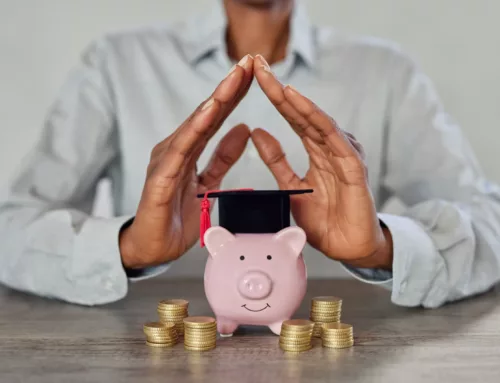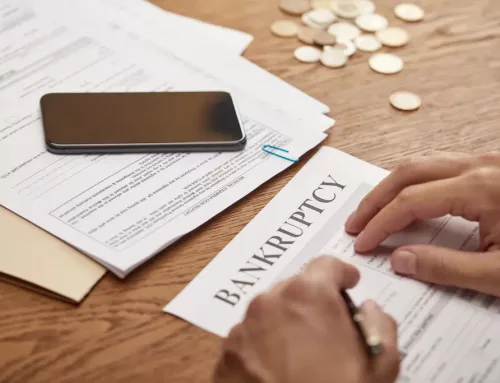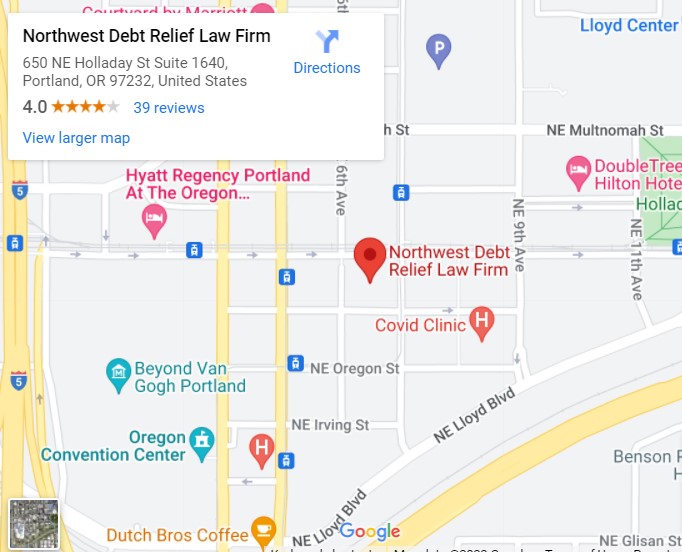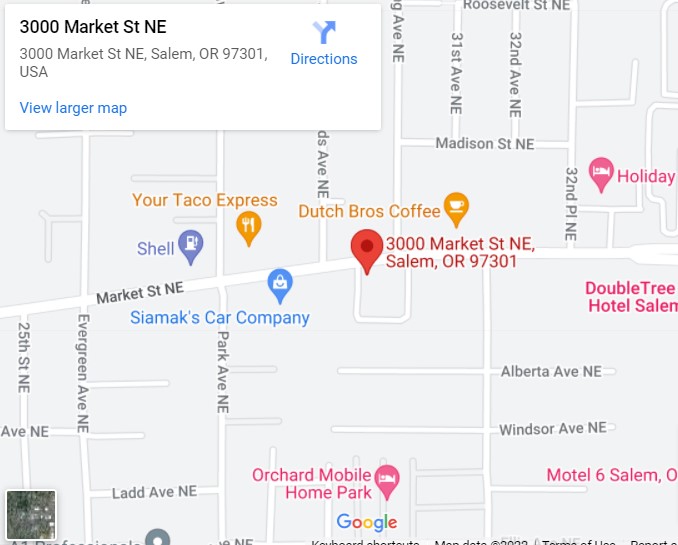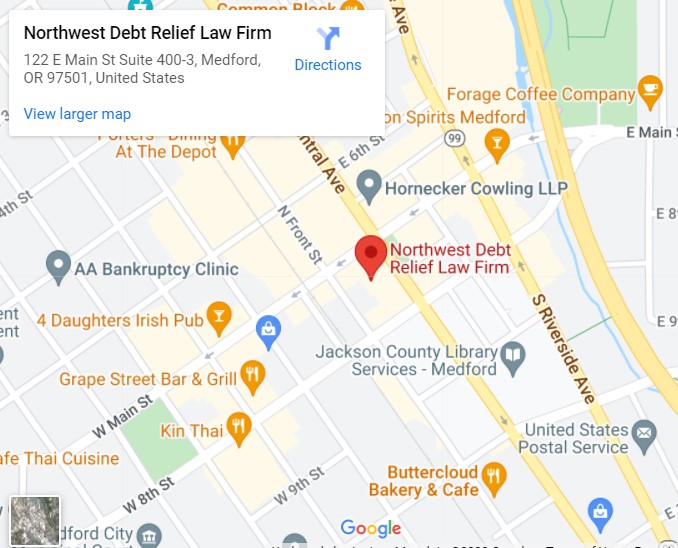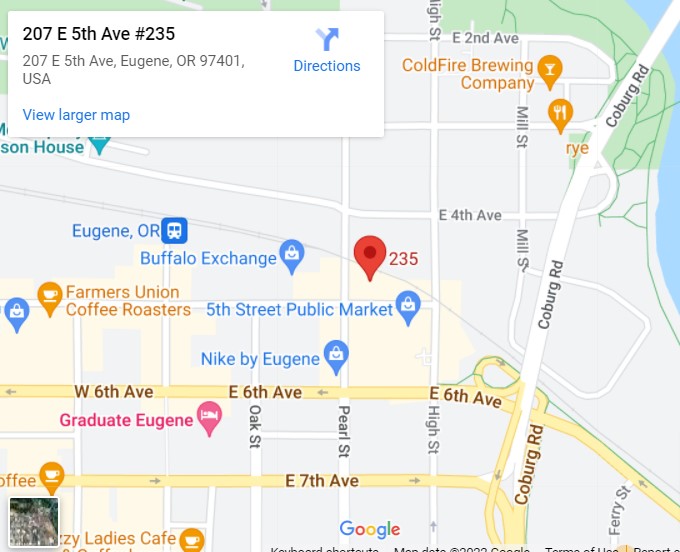For most consumers, declaring bankruptcy is a debt relief solution that allows them to get a fresh start in life. However, deciding to file for bankruptcy is a big decision. That’s why it’s important to understand what happens when you file for bankruptcy.
If you’re struggling with debt, reach out to an experienced bankruptcy attorney to discuss which types of bankruptcy can provide you with debt relief.
How Bankruptcy Works
In a bankruptcy filing, the trustee and bankruptcy judge evaluates your assets and liabilities to determine if you can pay back your creditors and then decide whether to discharge debts in your bankruptcy case.
A bankruptcy Chapter 7 will involve liquidating your assets to repay a portion of your unsecured debt. Chapter 7 bankruptcy filings can discharge most consumer debts and the bankruptcy proceedings can be completed in several months.
On the other hand, Chapter 13 bankruptcy cases typically last three to five years, depending on your debt repayment plan. Also known as the wage earner’s plan, filing Chapter 13 allows you to keep your home and other nonexempt property in bankruptcy by coming up with a long-term payment plan to pay off unsecured and secured debts.
Consult with reliable bankruptcy lawyers to discuss your situation and determine if you’re eligible to file for bankruptcy.
Filing for Bankruptcy
 When you decide to file bankruptcy, be ready to gather paperwork for your bankruptcy forms. Filling out your bankruptcy petition requires you to provide information regarding your financial situation, which means you’ll need to collect pay stubs, submit tax returns, and provide a list of your secured and unsecured debts along with their creditors and the amount owed. Seek help from a bankruptcy petition preparer or a local bankruptcy lawyer to make sure your petition in bankruptcy is accurate and complete.
When you decide to file bankruptcy, be ready to gather paperwork for your bankruptcy forms. Filling out your bankruptcy petition requires you to provide information regarding your financial situation, which means you’ll need to collect pay stubs, submit tax returns, and provide a list of your secured and unsecured debts along with their creditors and the amount owed. Seek help from a bankruptcy petition preparer or a local bankruptcy lawyer to make sure your petition in bankruptcy is accurate and complete.
Bankruptcy law also requires all bankruptcy filers to take a credit counseling course before filing and to complete a debtor education course before receiving your bankruptcy discharge. These courses should be taken from an approved credit counseling agency, which costs anywhere between $20 to $100.
Once you’re done preparing your bankruptcy petition, you’ll need to file it to court and pay the required fees. You can check the Bankruptcy Court Miscellaneous Fee Schedule online for updated information on the filing fees.
After Filing Bankruptcy
Aside from understanding the bankruptcy process, it’s also important to know what happens after you’ve filed for bankruptcy. While a bankruptcy declaration provides debt relief and gives you a fresh financial start, some consequences should be taken into consideration when deciding to file bankruptcy.
The biggest effect of declaring bankruptcy is how it impacts your credit score. While you’ll no longer be liable for discharged debts, a bankruptcy will stay on your credit record for up to 10 years. This can affect your ability to take out loans, get a new line of credit, and can cause issues when applying for jobs. That said, there are several steps you can take to improve your credit after bankruptcy.
It’s also important to note that bankruptcy only eliminates dischargeable debts. Alimony and child support obligations, student loans, and tax debts are considered non-dischargeable and can’t be eliminated in bankruptcy. However, a bankruptcy filing can free up finances so you can start repaying these debts.
If you’re not sure if bankruptcy is the right debt solution for you, our experienced bankruptcy attorneys can evaluate your debts and discuss your bankruptcy and non-bankruptcy options with you. Call our office at Northwest Debt Relief Law Firm to schedule a free consultation today!




